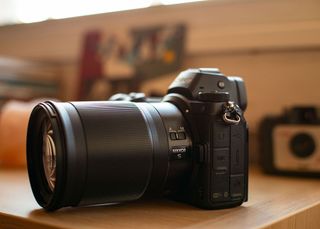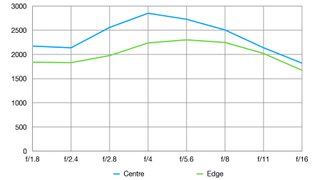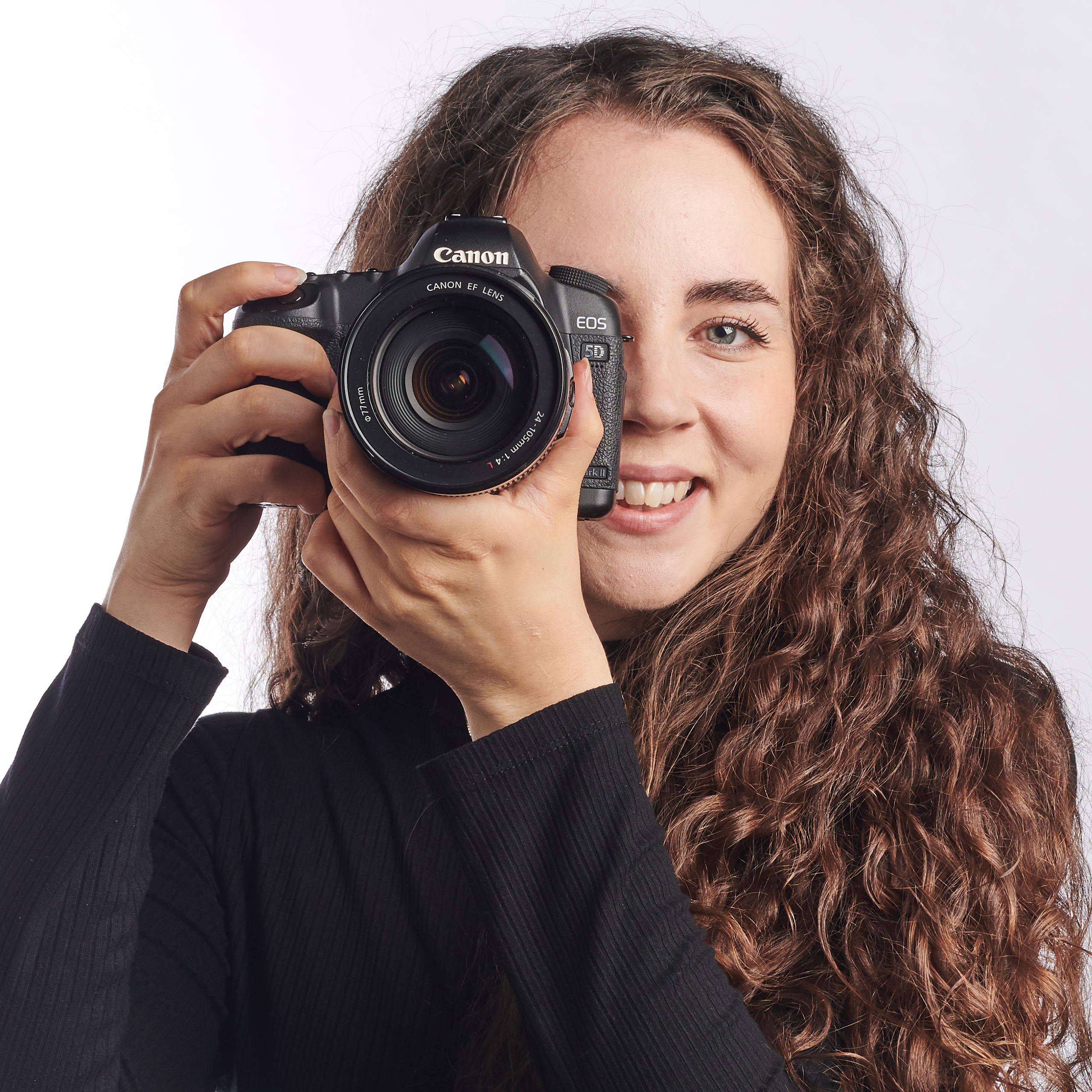With the introduction of the Nikon Z 85mm f/1.8 S, the Nikon mirrorless Z system has been given a classic workhorse short-telephoto lens that’s perfect for portrait, fashion, wedding and events photographers. With a fast f/1.8 maximum aperture, this lens delivers beautiful shallow depth-of-field and allows you to capture photos in low-light conditions.
While a maximum aperture of f/1.8 is respectable, we wouldn’t be surprised if there are a few photographers feeling a little disappointed that this offering doesn’t go down to f/1.4, as in Nikon’s pro-level AF-S 85mm f/1.4G F-mount lens for DSLRs . However, being able to achieve such a wide aperture also typically means a big increase in size and weight, and the reality is that lenses with apertures of f/1.4 can be pretty unwieldy if you’re not working in a super-controlled environment. Plus, if you’re dealing with subjects that are moving – even by just a fraction – then it can be easy for your focus to slip. This is why, if you’re feeling disappointed by the f/1.8 maximum aperture, we’d urge you to look beyond that to judge this piece of glass for what it is.
Nikon will likely have decided not to add an extra 2/3 stop of light because the Z 85mm f/1.8 S is already a little heavy, weighing in at 470g, which makes it heavier than its most directly comparable DSLR F-mount counterpart, the Nikon AF-S 85mm f/1.8G that has a weight of 350g. Nevertheless, the Z 85mm f/1.8 S feels nicely balanced on the Nikon Z 7 or Nikon Z 6 body. With a supporting left hand under the lens barrel you can achieve a perfectly user-friendly shooting experience and put less strain on your wrist.

Specifications
Mount: Nikon Z mount
Focal length: 85mm
Maximum aperture: f/1.8
Minimum aperture: f/16
Lens construction: 12 elements in 8 groups
Angle of view: FX format: 28° 30', DX format: 18° 50'
Focusing system: Internal focusing system
Minimum focus distance: 0.8m (2.62 ft) from focal plane
No. of diaphragm blades: 9 (rounded diaphragm opening)
Coating: Nano Crystal Coat
Filter attachment size: 67mm
Weight: Approx. 470g
Focusing: Auto, Manual
Supplied accessories: LC-67B 67 mm Snap-on Front Lens Cap, LF-N1 Rear Lens Cap, HB-91 Bayonet Hood, CL-C1 Lens Case

Build and handling
The Nikon Z 85mm f/1.8 S is sturdy and well built. And while you can’t exactly call it compact, we were happy with the size and didn’t feel that it was in any way unwieldy. There’s a single switch on the lens barrel that switches between Auto and Manual focus modes, which is pleasant enough to use and feels robust.
Taking up over a third of the lens barrel, the focus ring is easy to use and feels nice and smooth. As with other Z mount lenses, when in autofocus mode you can change the focus ring to control other functions, including exposure compensation or the aperture – making it perfect for videographers who require stepless aperture control. You can designate what exactly you want the focus ring to control in the camera’s menu system.

Performance
Weighing in at more than 100g heavier than its F-mount counterpart, as mentioned above, you could be forgiven for initially being a little confused: mirrorless lenses are meant to be smaller and lighter than their DSLR equivalents, so it could seem counter-intuitive that this lens is so heavy.
However, the upside of the hefty build is that the Z 85mm f/1.8 S’s image quality is nothing short of fantastic. With no noticeable distortion or vignetting, this lens was an absolute joy to shoot with. So sharp it could bring a tear to the eye and sporting lightning fast AF, it deserves to be pride of place in every Z-mount pro’s bag.

In addition, while admittedly more expensive than the 85mm f/1.8 DSLR lens, the Nikon Z 85mm f/1.8 S is actually reasonably priced for a Z-mount lens, at £799/$797. In fact, the only lenses that are cheaper are the Z 50mm f/1.8 S at £529/$597 and the S 35mm f/1.8 S at £749/$847. For context, if you wanted to purchase the 24-70mm f/2.8, you’d be set back by a cool £2019/$2297.
Lab tests
Sharpness

Centre sharpness is excellent throughout the aperture range, though from f/2.8 to f/8 it's nothing short of phenomenal. Corner-frame sharpness isn't quite as high, but it's still very impressive.
Fringing

As we'd expect for a high-quality prime of this focal length, chromatic aberrations are minimal and you'll be very unlikely to spot any fringing in real world use.
Distortion: -0.1
We wouldn't expect much distortion from an 85mm prime lens, and the Nikon Z 85mm f/1.8 delivers, producing a virtually distortion-free image.
Conclusion
If you have a Nikon Z camera and you shoot portraits, weddings or events, you might want to put some serious consideration into buying this lens. The only criticisms we can think of are small quibbles that don’t really matter in the grand scheme of things. Yes, it would be nice if it was a little lighter. And yes, it would be wonderful if it had an f/1.4 maximum aperture. But to fixate on these ‘problems’ would be folly. This is a top-notch lens and any photographer would be lucky to have it in their kitbag.

In our lab tests, centre sharpness proved to be nothing sort of impeccable, while the corner sharpness is very impressive in its own right as well. Virtually distortion-free, this piece of glass really is a fantastic portrait lens and we think it’ll prove to be a big hit among the growing number of Z-mount mirrorless Nikon users.
Read more
The best Nikon Z lenses for the Z6, Z7 & Z50
Nikon Z lens roadmap: new lenses for the Z system and when they are coming
Best portrait lenses for Nikon users: for DX and FX DSLRs and Nikon Z
Best Nikon Z6 deals
Nikon mirrorless cameras and lenses and what’s coming in the future



